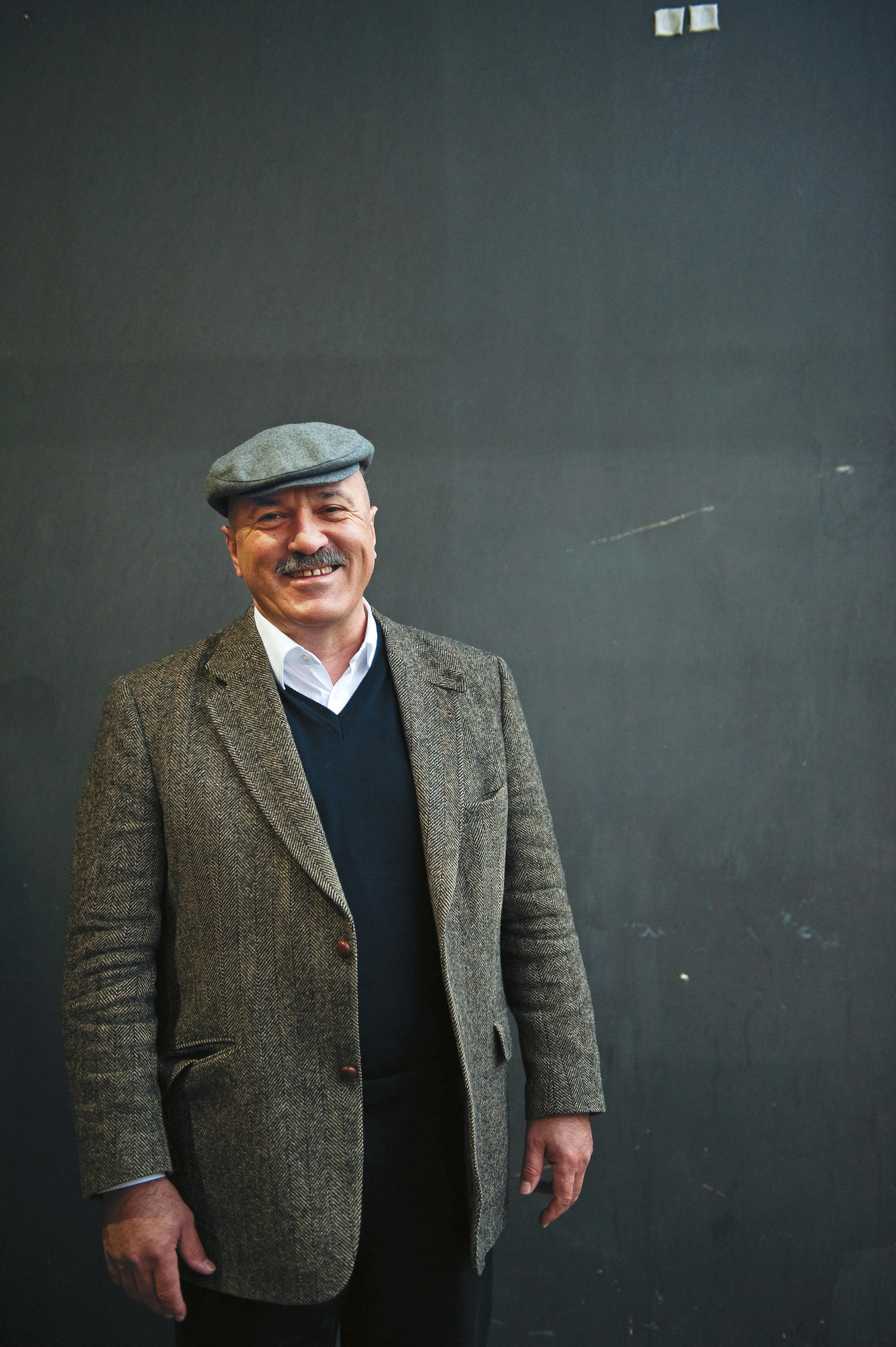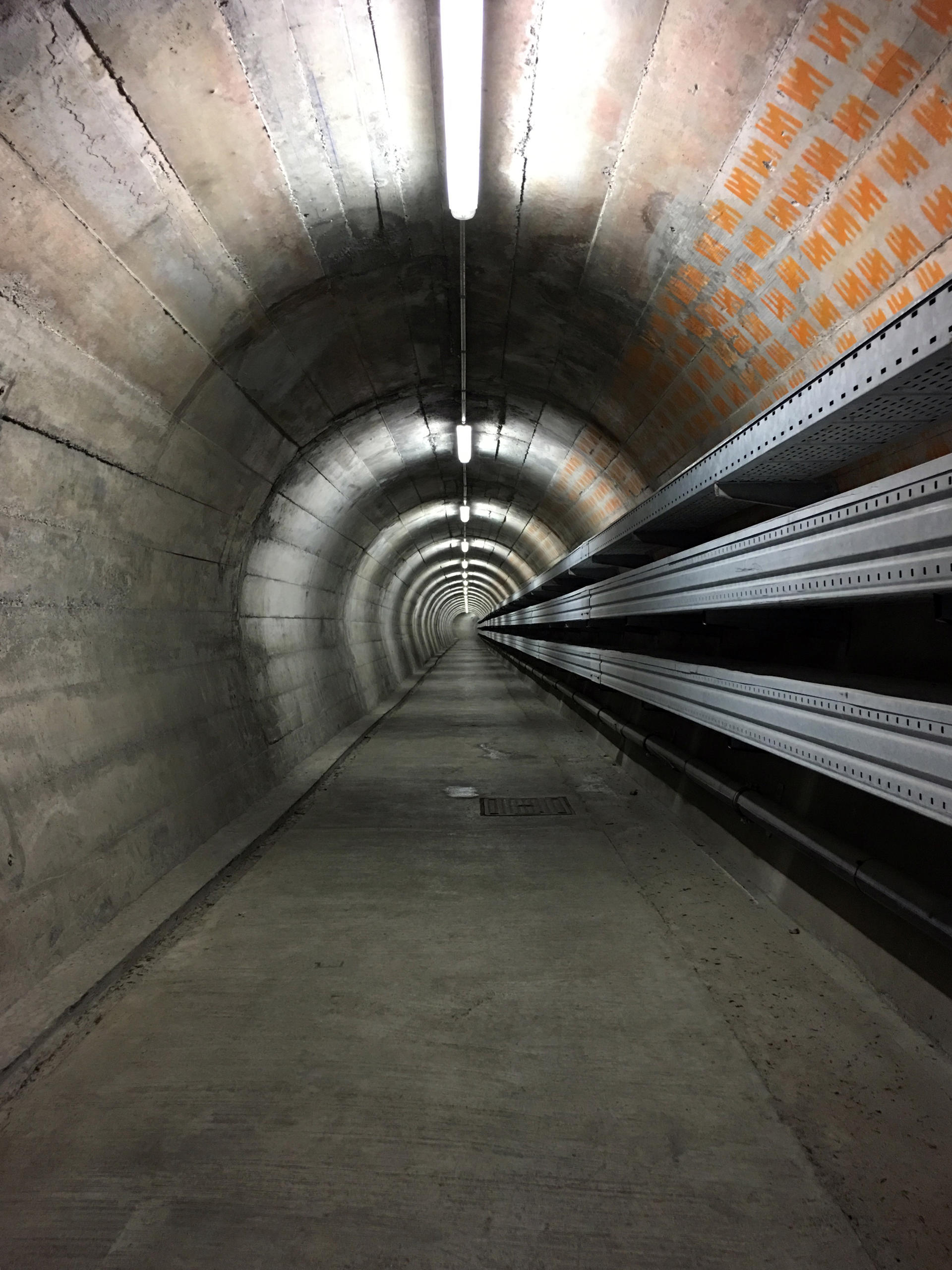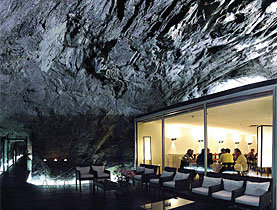Only cabinet ministers get single rooms

Switzerland has an amazingly extensive underworld. If all its accessible underground spaces were laid end to end, they would form a tunnel 3,780 kilometres long – enough to reach from Zurich to Tehran. In relation to the national territory this must be a world record. A new book takes the reader on a thrilling voyage of discovery.
“Die Schweiz unter Tag” (Switzerland below ground), recently published in Switzerland, is as gripping as it is stimulating. Gripping because its 12 reports take the reader on a voyage of discovery to treasure chambers, hydroelectric power stations, high-tech laboratories, hospitals, road tunnels, secret caverns – and even the “top secret” cabinet bunker. Stimulating because this exploration reveals a mentality with a strangely powerful view of the world.

Subterranean Switzerland is strange and dazzling. The book tells us that its 360,000 privately built shelters and 2,300 large shelter complexes have more than enough space to offer protection to the population in the event of a disaster.
There are whole underground cities offering sanctuary; large national civil-defence facilities that still exist and can still be visited.
The Sonnenberg Bunker, for example, was planned for the Third World War. Construction took six years and it was inaugurated in 1976. It has room for 20,000 people.
“If it were blown up, half Lucerne would go up with it,” says author and journalist Jost auf der Maur with a twinkle in his eye. “Switzerland’s colonisers are heading for the centre of the earth.”
Swiss mistrust?
Auf der Maur is a sophisticated observer with a feel for this country’s often unseen curiosities, which he – sometimes – deeply respects.
The Swiss world of feelings, including its self-awareness, is so closely bound up with this massive underground architecture that the book also comes up with nightmarish findings about Swiss sensitivities. For this subterranean Switzerland must also be interpreted as a spiritual reaction to “the world up there”.
Auf der Maur has written a fascinating book. Not only does it go underground literally, it also goes deep into the history of the Swiss mentality, which is closely connected with this hermetically sealed infrastructure.
Is Switzerland that mistrustful of the future? The scale of the construction directly raises this question, which is not merely flattering.
“Even so,” the author explains in the book, “I kept wanting to go down into that subterranean world that is so typical of Switzerland – a unique feature of unheard-of dimensions.”
Pine-panelled walls
An entire chapter is devoted to the cabinet’s bomb-proof bunker in Amsteg in canton Uri.
It’s hard to believe what is hidden within the cliff. This is where the cabinet ministers would have been able to escape to during the Second World War, into Switzerland’s “stone heart”. “Three thousand square metres of residential and office space on two storeys: a seat of government deep in the mountain.”

More
The cabinet bunker
The bunker was kitted out with pine-panelled walls, all the requisite facilities and mod cons. There were three classes of bedroom: cabinet (singles), officials (doubles) and service staff (several bunk beds).
The facility was sold “for a song” in 2002. According to the book, the new owner, Swiss Gold Safe, turned it into a strong room, a giant safe, where he stores “gold, silver, platinum, rare earths, cash, works of art, diamonds and jewellery” for an international clientele. This is said to have the advantage that there is no fear of any “troublesome inspections by financial market authorities”.
Foreign deaths
Auf der Maur is a terrific storyteller, with an unfailing, historically critical eye for typically Swiss characteristics and an appealing concern for detail.
But he is also a journalist. He says 10,000 people definitely lost their lives during construction work and at least 50,000 were scarred for life.
“Those are the sorts of casualty figures that you get in time of war. The people who fought that ‘war’ for us came from abroad. It’s high time we erected a memorial to them in remembrance and thanks.”
Jost Auf der Maur: „Switzerland unter Tag“. 144 pages with illustrations.
(Translated from German)

In compliance with the JTI standards
More: SWI swissinfo.ch certified by the Journalism Trust Initiative














You can find an overview of ongoing debates with our journalists here . Please join us!
If you want to start a conversation about a topic raised in this article or want to report factual errors, email us at english@swissinfo.ch.